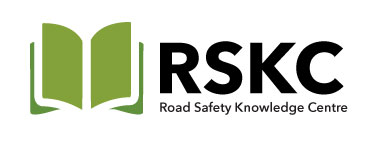Organisation: Jacobs & University of the West of England, Bristol
Date uploaded: 11th December 2019
Date published/launched: November 2019
– 79% of equestrians reported a near-miss, and 16% reported having had a collision.
– A large proportion of ‘collisions’ involved no impact with the horse.
– Issues relating to the boundary between collisions and near-misses is of relevance to wider road safety research.
– Drivers need to understand horse perception limitations, flight behaviours, and horse rider signals.
Abstract
In 2017, 78 equestrians were involved in road collisions involving personal injury in Great Britain, with 22 people being seriously injured and 61 being slightly injured.
While the absolute numbers of collisions and injuries relating to horse-riding on the road is low, there is a need to more fully understand prevalent collision types.
This paper investigates collisions in Devon, UK, over a period of seven years and 10 months, and reports a national on-line survey with 1,976 respondents.
The majority of collisions in the collision record involve vehicles passing in the opposite direction (26 out of 74) and overtaking (22/74), with rear-end shunts being the next most prevalent collision type (14/74). Strikingly, a large proportion of vehicles (80 out of 145) involved in ‘collisions’ with horses were reported not to have impacted the horse. Avoiding impact with a horse is not sufficient to avoid injury. Our exploration of these issues at the boundary of collisions and near-misses is of relevance to wider road safety research.
Further, 79.1% (1,563 out of 1,976) of equestrians in the survey reported a near-miss, and 15.6% (309 out of 1,976) reported a collision, with 7.7% reporting collisions involving personal injury.
The paper concludes that drivers need to understand horse perception limitations, flight behaviours, and horse rider signals. Collision frequency and severity could be reduced with education-based initiatives. Equally, equestrians need to be skilled in communicating correctly with their horses and approaching drivers. These findings have implications for driver and rider training.
